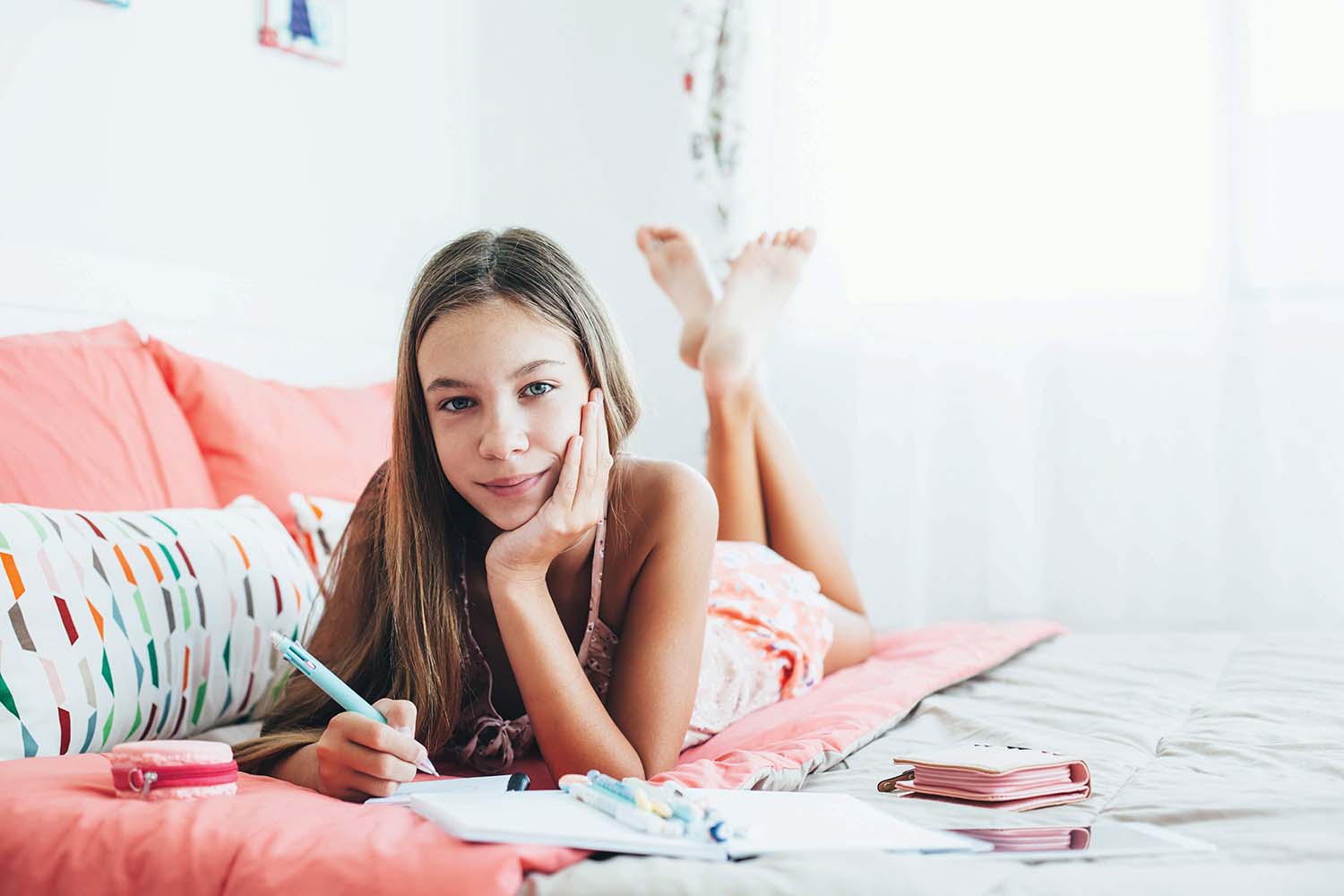In a time with resplendent technology that enables us to instantly share thoughts with just about anyone from anywhere, the covid-19 pandemic has shown the resurgence of an age-old record-keeping and thought-sharing method: Journaling aka Dear Diary.
Katy Waldman of The New Yorker writes: “We’ve entered an age of diaries,” listing numerous instances of publications chronicling how people have navigated life within this global pandemic. Slate has a “Coronavirus Diaries” column that provides a space for people to share their personal journeys through this virus—a nurse on what it’s like in a quarantine facility, a waiter on what it’s like working in a newly reopened restaurant, a deaf individual on the impossibility of lip-reading with all the masks. The New York Times reported on the journal entries and art coming from children and adults in an article called “The Quarantine Diaries,” and the Scholastic magazine Upfront ran an article where teens shared how their lives have been upended by the virus.
One’s initial response might be surprise at this resurgence of journaling: Wouldn’t a huge spike in social media activity make more sense? (Unsurprisingly, there has been a social media spike.) And yet, the very fact that so many are socially distancing does lend to greater time spent in observation and reflection.
The benefits of consistent journaling are well known. It’s great for self-reflection, jotting down ideas, relieving stress, organizing thoughts, setting and achieving goals, and boosting creativity. While these benefits are usually recognized for adults (Why else would gratitude journals be so popular?), they also apply to younger generations. In times like these, where so many children have had to make a bumpy transition from in-person to online learning, these benefits may have a more significant impact.
In a media briefing, senior research scientist Katie Rosanbalm from the Duke Center for Child and Family Policy noted the emotional toll the coronavirus is having on children. “They’re losing their routine and their structure. They’re losing their connection with friends and teachers and all the wonderful things they’ve looked forward to . . .” A Gallup poll in June found three out of 10 parents saying that as a result of social distancing and school closures, their child was experiencing either emotional or mental harm. Research has shown that consistent journaling can help to relieve anxiety and depression as well as reduce the exasperation linked to symptoms of ADHD. While diary-keeping is no panacea to pandemic-related woes, it could be a great step in helping kids regain a sense of ownership and control, while also providing a space to explore complex emotions and record simple observations.
The act of journaling can create a fun space where the child is in charge. The amount of time spent, whether to share it with others or not, what kind of journal—the child gets to make the rules. There are about as many ways to journal as there are ways to redecorate a home. And, thankfully, loving to write is not necessarily a prerequisite to enjoy keeping a journal or diary.
Everyone is familiar with the traditional, written diary, and probably just as familiar with the visual diary, whether that involves sketching, coloring, painting or creating a collage of photographs or small objects. Other innovative ideas include creating a playlist of songs that mirror moods (whether in lyrics or tone), poetry journals, and unsent letter journals, where the child writes a letter to anyone he or she chooses, knowing that the person addressed will never read it.
Diary-keeping, while traditionally a solitary mode of self-expression, can even be used to foster connections in a more tangible way than what social media provides. For example, I have two younger sisters; Sarah is 21, and Markita is 13, and despite the difference in age, they are very close. When Sarah moved to Colorado for school, she and Markita created a journal that they mail back and forth. While they frequently keep in touch via phone calls and text messages, the journal provides a physical space for keeping each other informed of their daily highs and lows, whether that’s through snapshots, small knickknacks, or of course, writing.
One obstacle in encouraging kids to start consistent journaling is getting past the perception that journaling means sitting still for long periods of time, writing painstakingly. When I asked Anna-Kate, a 13-year-old in Giles County, if she liked journaling, she crinkled her nose and told me she likes science and math—not writing. I probed a little further. What if the journal were more like a collection of scavenger-hunt mementos where she could record scientific observations? Only then was she interested. In contrast, her older sister, Abby, 14, keeps four journals: two “normal” journals (where she writes down her thoughts and facts about her day); a prayer journal; and a journal to her future husband. No two kids are alike, and so their journals can and should vary widely.
The main point of having a diary is to provide a safe place for observation, reflection and creativity. Parents, teachers and social workers can provide children with an array of journaling options, and then, in the spirit of allowing children to take ownership and control, let the method depend on the child’s personal preference. At a time when almost everyone is stressed about the continuous changes in our virus-laden world, including youngsters, journaling could offer a welcome, or maybe even surprising, respite.
Text by Kameron Bryant
Kameron Bryant is a Giles County native who graduated from The College of William & Mary with a BA in English and The George Washington University with an MPS in Publishing. Though never a consistent diary-keeper, she’s adding it back to her morning routine to give it another go.

